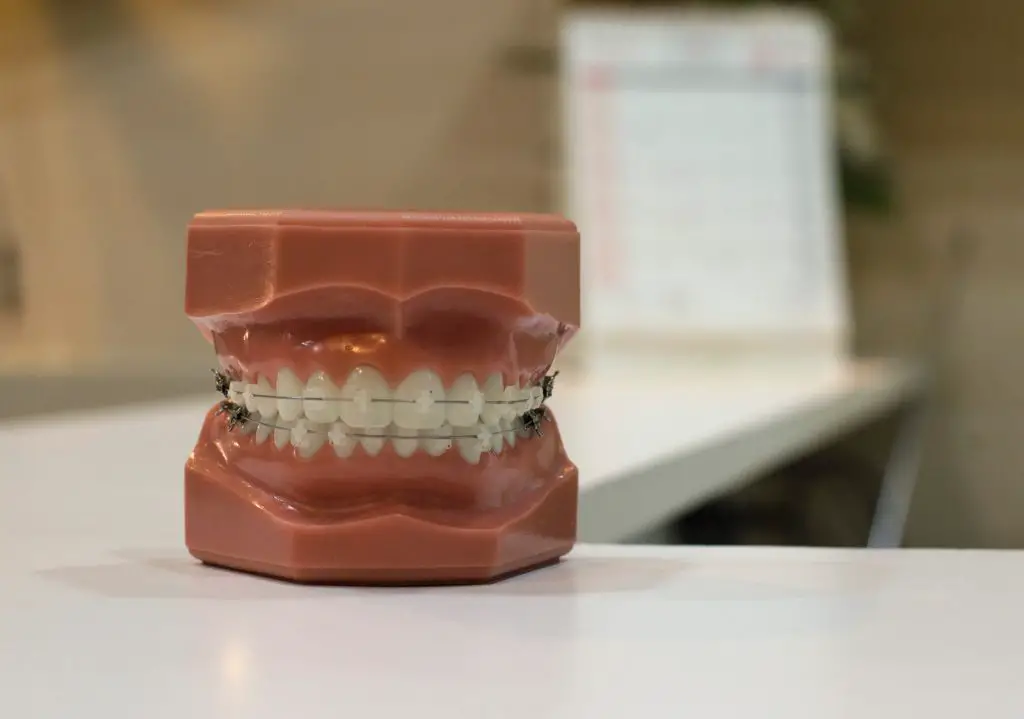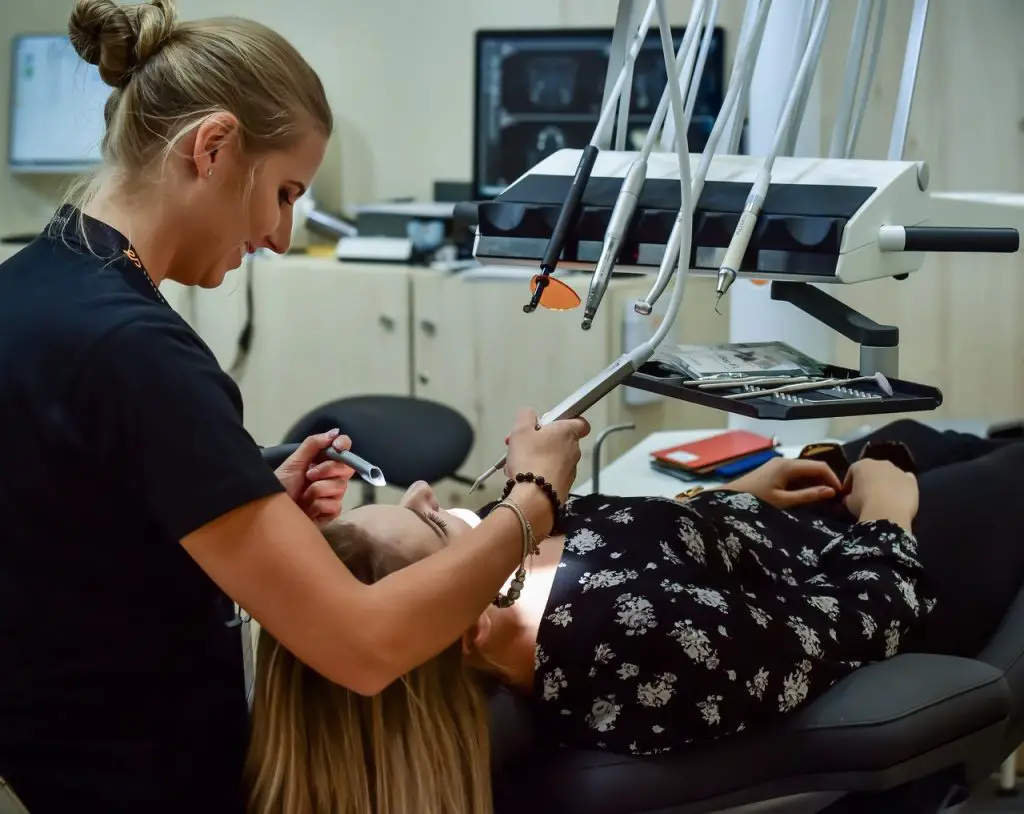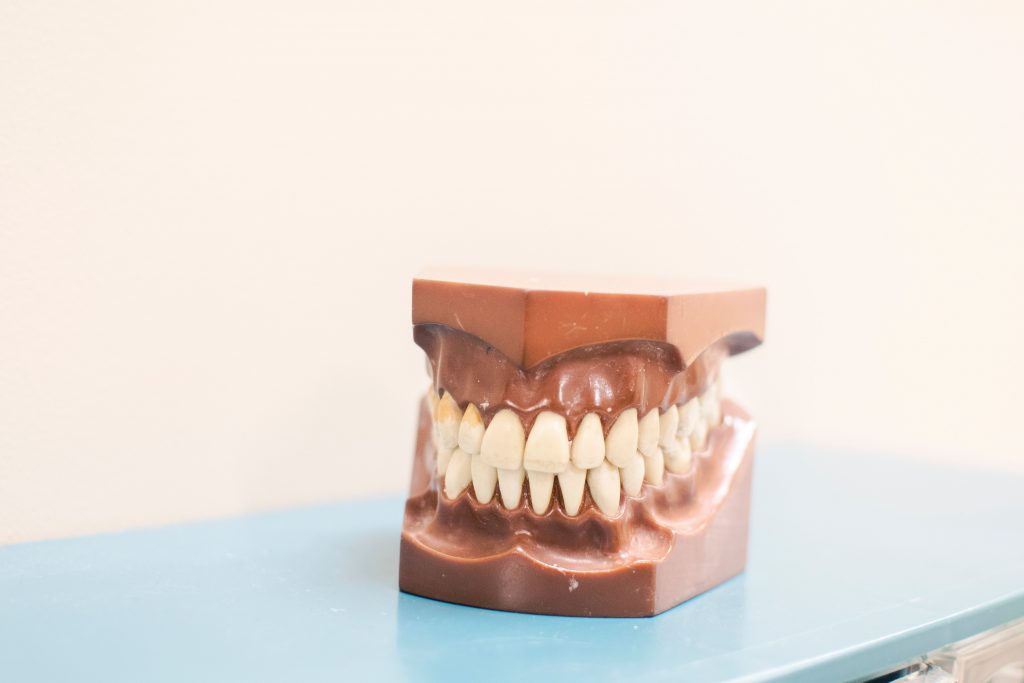It seems like most kids will need braces at some point. The problem is, braces can be incredibly expensive! In fact, Oral B reports that metal braces (the traditional kind) can cost between $3,000 to $7,000. Yikes!
But here’s great news for families struggling to make ends meet: Medicaid does cover the cost of braces. However, there are some criteria that you have to meet. These are things like: the braces must be for a child, and the braces must be medically necessary!
We’ll go through these criteria in this article. Let’s begin!
What Criteria Must You Meet Before Medicaid Will Cover Braces?
So does Medicaid cover braces? Firstly, Medicaid will only cover braces for children. That definition sounds a bit vague, and yes, there is a specific age limit written in law.
In most states (42 in fact), the age where Medicaid will definitely cover braces is age 21 and under.
Secondly, Medicaid will only cover the cost of braces if the patient can prove that they have “handicapping malocclusion”
Handi-malo-what, you say? Handicapping Malocclusion refers to conditions that could cause a danger to the patient’s oral health. The patient would have to prove that it affects their wellbeing. Or that it will interfere with their talking, eating or swallowing.
Note that you don’t have to be experiencing problems right now. You’d qualify for coverage by Medicaid if you can prove that you’d eventually develop problems if you leave your condition untreated.
On the flip side, this means that you will not be covered if your reasons for getting braces are purely cosmetic. Yes, a couple of teeth jutting out of your mouth is not pleasant to look at. But that still doesn’t qualify you for brace coverage by Medicaid!
So you’re hearing a lot about proving that you’ll face future health concerns. How do you do that? And what steps do you need to take to apply for coverage?
What Are The Steps To Getting Your Braces Covered By Medicaid?
Assuming you’re already under the Medicaid program, the first step would be to visit an approved orthodontist to have you/your child’s condition checked out.
An orthodontist is a dentist that specializes in braces. But not any orthodontist will do. There are some orthodontists that are specially approved by the governing body that administers Medicaid in your state.
How do you go about finding an approved orthodontist? Well, you can use this very handy dentist locating tool provided by insurekids.gov. This tool not only shows you dentists that accept Medicaid, but also the Children’s Health Insurance Program (or CHIP. More on this later).
The orthodontist will then put together some materials to make a case that you do indeed require braces. These are just some of the records that the orthodontist will put together:
- Plastic molds of your teeth
- A Cephalogram, which is a fancy name for x-rays of your mouth.
- A panoramic radiograph of the mouth
- Pictures of the inside of your mouth.
After the consultation, the orthodontist will provide their services and have it claimable under Medicaid if the orthodontist is satisfied that it is medically necessary for you to get braces.
Are All The Costs Of Getting Braces Covered?

The answer is yes! Medicaid will cover the consultations and the cost of the braces themselves. In fact, it is a general rule that kids must get at least the following under Medicaid:
- Dental health maintenance, including cleanings and checkups
- Teeth restorations
- Pain and infection relief
However, there is one catch. In Louisiana for example, Medicaid will only cover the minimum necessary to alleviate the medical issue.
The takeaway from this is that you can’t go for the more expensive options when it comes to braces. For example, Medicaid will not cover ceramic braces or the increasingly popular Invisalign option, which can cost up to $10,000!
You can only choose the basic metal braces (which is usually good enough, so don’t worry!)
Are There Differences In Criteria Between States?
Generally, most states will require that your procedure is medically necessary. However, they will differ in terms of age limits, qualifying criteria and the required documents.
As we noted earlier, 42 states have set the age limit at 21. There are a few other states that have it a little bit lower (e.g. 18). We don’t have all the facts on hand, but you can probably call into your local orthodontist and ask.
You can find a local orthodontist using the dentist locator tool that we mentioned earlier in the article.
I Don’t Qualify For Medicaid! Are There Other Ways To Get Braces For Cheap?

Medicaid only covers families that earn less than a certain level of income. In this section, we’ll talk about some ways that you can get affordable braces even if you don’t qualify for Medicaid.
1. The Children’s Health Insurance Program (CHIP)
The CHIP program offers health insurance for children from families that earn too much to qualify for Medicaid, but not enough that they can afford private health insurance.
Practically everything that we outlined above that applies to Medicaid, will apply to CHIP as well. Under CHIP, all your child’s braces costs are covered.
If you’re interested, CHIP is sometimes completely free. In general, it will cover any visits to the doctor, routine check-ups, vaccinations, prescribed medicine, dental and eye care.
2. Dental School with an Orthodontics Program
Perhaps you’re older than 21. One way to get your braces done for cheap is to have it done by a student dentist.
Dental schools often need patients for their students to practice their craft on. In exchange, you get to pay a lower price!
If you can stomach being attended to by a soon-to-be orthodontist without much experience, then this could be a viable option for you.
Yes, some might see this as a risk. But remember that each student will be supervised and guided by an experienced orthodontist.
3. Payment Plans provided by the Orthodontist
Braces are a massive cost for anyone, not just people on a low income. Orthodontists know this, and they will sometimes offer payment plans to help their patients manage the cost of braces.
While it doesn’t necessarily make the cost of braces cheaper at the end of the day (in fact it might cost a little more), a payment plan will relieve you of paying everything upfront.
Payment plans work like this: instead of paying for the full cost of braces at one go, the orthodontist will break up the cost into smaller, monthly payments. That way, you can pay for the braces as you receive your salary. Not bad!
4. Savings Accounts such as HSA/FSA/MSA
The Health Savings Account (HSA), Flexible Savings Account (FSA) and Medicare Medical Savings Account (MSA) are all savings accounts that help you pay for medical expenses.
All three types of savings accounts follow the same principle: you can deposit a certain amount of money into the accounts each year and use it to pay for things like insurance deductibles and other qualified medical expenses.
Talking about savings accounts is outside the scope of this article. But you can get more information here.
5. General Dentists
While this is rare, you might find a general dentist (not an orthodontist) that provides the orthodontic treatment. You get to save money here because non-specialists generally charge lower fees.
Because they’re not orthodontists, these dentists won’t be able to fit your braces. You’ll still have to go to a specialist for that.
However, what these dentists can do is to provide follow-up visits to check the condition of your teeth after they have been fitted for braces.
What Is The Purpose Of Medicaid? Why Aren’t Braces Covered In Every Situation?
You might have read up to this point and felt very disappointed that your braces are not going to be covered by Medicaid.
It certainly sucks that Medicaid doesn’t cover braces in every situation. But the point of Medicaid is to provide access to basic health care for low-income families.
As such, it’s no surprise that Medicaid will not cover the cost of braces if they’re not deemed to be medically necessary (read: cosmetic)
Conclusion
If you’re part of Medicaid and require braces, remember that an approved orthodontist has to prove that you have “Handicapping Malocclusion’.
If you do not qualify for coverage though, don’t be disheartened! We shared some tips on how to lower the cost of your braces.
Have you successfully had the cost of your braces covered by Medicaid? Tell us how you went about it in the comments below! We’d also like to hear from you if you have some helpful hacks to reduce the cost of braces.
See you in the comments section!



